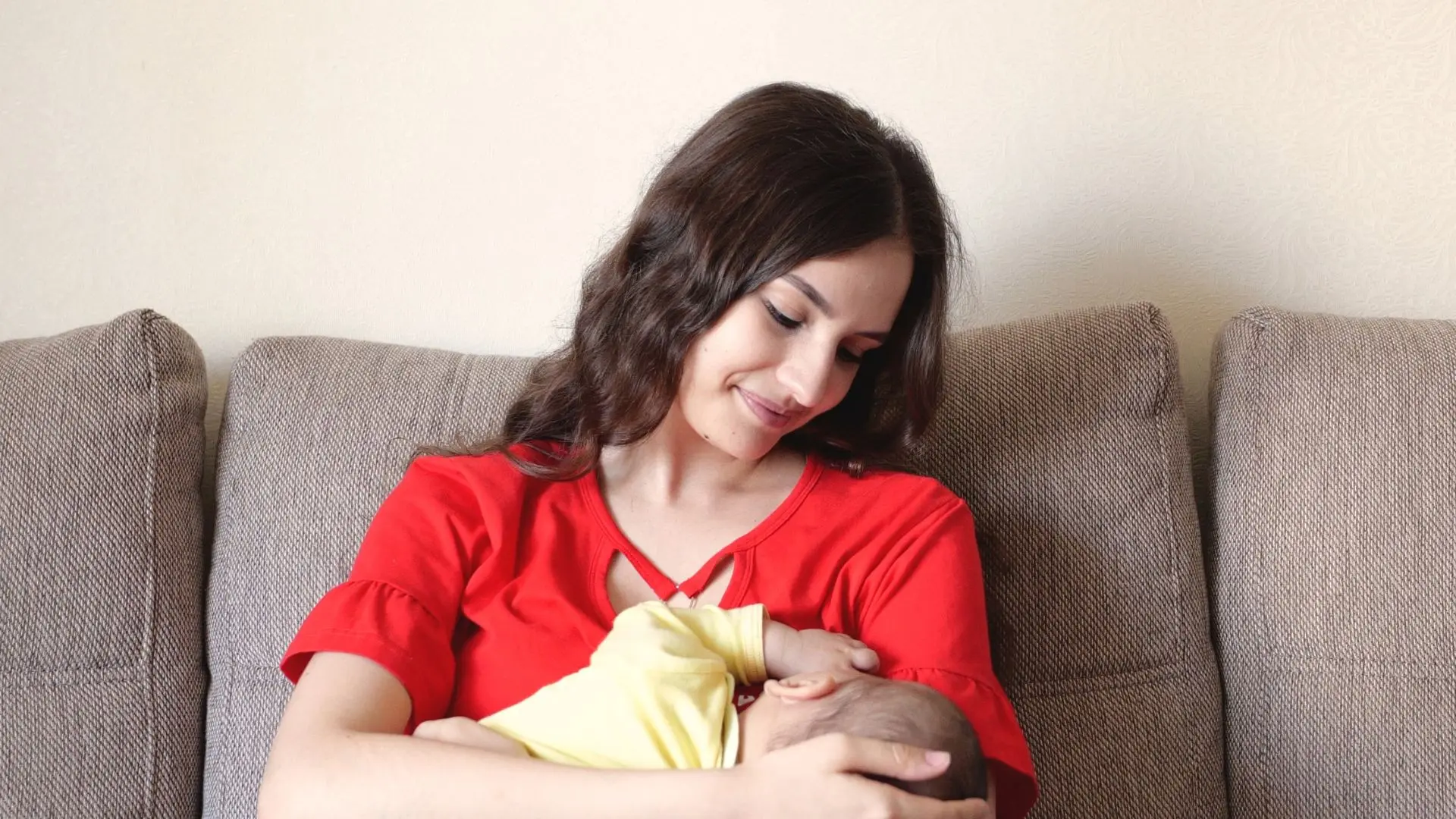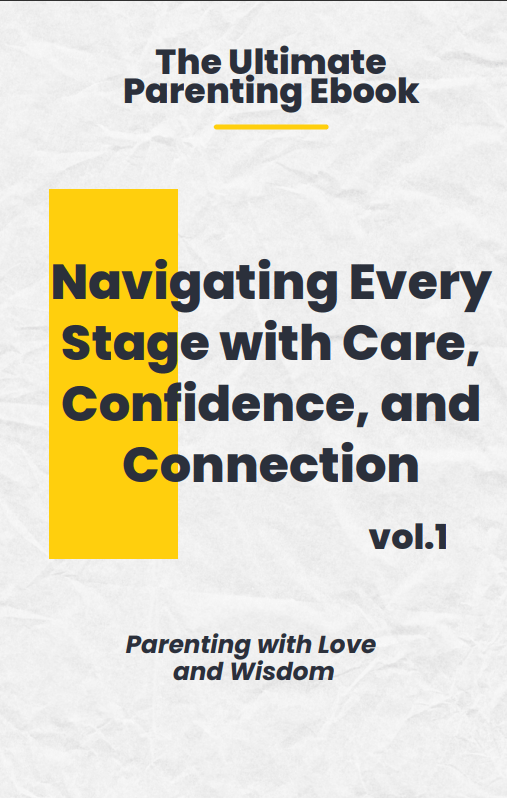Explore the challenges and dynamics of being a ‘married single mom.’ Understand its meaning, impact, and solutions for more balanced and supportive family roles.

In the intricate tapestry of modern parenting, a new term has surfaced and gained significant traction: “married single mom.” According to recent Research, 74% of mothers in the United States are in the labor force, yet they still shoulder a disproportionate amount of household and childcare responsibilities. This imbalance has led to the rise of the “married single mom” — a mother who, despite having a partner, feels as though she is parenting alone. This concept not only sheds light on the unseen labor of mothers but also challenges traditional views on parenting roles.
In This Blog
ToggleWhat Does ‘Married Single Mom’ Mean?
The term “married single mom” might seem contradictory at first glance, but it encapsulates a common experience for many mothers. A “married single mom” is essentially a mother who handles the majority of parenting responsibilities despite being in a partnership. This situation often arises when the mother is the default parent, the one who is always “on call” for every need, task, and crisis, while the partner is less involved.
Examples and Real-life Scenarios
Consider the daily routine of a typical “married single mom.” She might wake up early to prepare breakfast, get the children ready for school, manage doctor’s appointments, and juggle work commitments. All the while, her partner may be less involved in these day-to-day tasks, either due to work commitments, social engagements, or simply a lack of willingness to share the load. This dynamic creates a significant imbalance, leading to stress and burnout for the mother.
Why Does Society Contribute to the ‘Married Single Mom’ Phenomenon?
Historical Perspective
Historically, traditional gender roles have dictated that women take on the primary caregiving responsibilities. Even as more women entered the workforce, these roles persisted, leading to a double burden of work and home responsibilities for many mothers. Despite advancements in gender equality, these traditional roles still influence the dynamics within many households.
Modern Shifts
In the modern context, while both partners may work outside the home, the expectation for mothers to be the primary caregivers remains strong. Cultural expectations in the USA often emphasize the nurturing role of mothers, while fathers may not face the same level of societal pressure to be equally involved in parenting.
How Does Being a ‘Married Single Mom’ Impact Emotional and Psychological Health?
Stress and Burnout
The relentless demands on “married single moms” can lead to significant stress and burnout. According to a study by the American Psychological Association, 45% of mothers reported feeling overwhelmed by their responsibilities. The constant juggling act can lead to feelings of inadequacy, exhaustion, and emotional strain.
Invisible Labor
Invisible labor refers to the mental load of managing household tasks that often go unnoticed and unappreciated. This includes remembering appointments, planning meals, and managing the family’s schedule. For “married single moms,” this invisible labor can be particularly taxing, as they often carry the burden alone.
Personal Anecdotes
Jane, a mother of two from New York, shares her experience: “Even though my husband works long hours, I feel like I’m the one always ‘on duty’ with the kids. I manage their schedules, help with homework, and handle bedtime routines. It’s exhausting, and sometimes I feel like I’m doing it all alone.”
How Can Partners Share the Parenting Load?
Weaponized Incompetence
Weaponized incompetence occurs when one partner intentionally underperforms tasks to avoid responsibility. This can manifest as claims of not knowing how to perform simple tasks or doing them poorly so that the other partner takes over. This behavior exacerbates the burden on “married single moms.”
Balancing the Load
Sharing parenting responsibilities equitably requires active participation from both partners. This involves not only dividing tasks but also being proactive in anticipating needs and offering support without being asked. Simple actions like preparing meals, helping with homework, and participating in bedtime routines can significantly alleviate the burden on mothers.
Communication Strategies
Open and honest communication is crucial for addressing the imbalance. Partners should discuss their roles and responsibilities regularly, ensuring that both are committed to sharing the load. This may involve setting clear expectations, creating a schedule, and being flexible in adapting to each other’s needs.
Practical Solutions
- Task Lists and Rotations: Create a comprehensive list of daily, weekly, and monthly tasks. Rotate responsibilities to ensure both partners are contributing equally.
- Scheduled Check-ins: Set aside time weekly to discuss any issues or imbalances in the workload and adjust responsibilities accordingly.
- Skill Building: Encourage partners to learn and master household tasks and childcare routines to prevent weaponized incompetence.
- Joint Planning: Plan family activities, appointments, and schedules together to ensure both partners are aware of upcoming responsibilities.
- Time Management Tools: Utilize calendars, apps, and reminders to keep track of tasks and deadlines, making it easier to share the load efficiently.
Why Do Double Standards and Controversies Surround ‘Married Single Mom’?
Comparison to Single Parenting
Critics argue that the term “married single mom” undermines the experiences of actual single parents who manage without any partner’s support. However, the term highlights a specific dynamic where a mother feels unsupported despite having a partner, shedding light on the need for more equitable sharing of responsibilities.
Debate Over Terminology
The terminology itself is controversial. Some believe it diminishes the struggles of single parents, while others feel it accurately describes a pervasive issue in many households. Regardless of the term, the underlying issue remains the same: the need for better support and recognition for mothers who bear the brunt of parenting responsibilities.
What Are the Solutions and Support Systems for ‘Married Single Moms’?
Community and External Help
Building a strong support network is essential for “married single moms.” This can include friends, family, and community resources such as parenting groups and childcare services. These networks provide emotional support, practical assistance, and a sense of community.
Policy Changes
Advocating for policy changes is crucial for addressing the broader societal issues that contribute to the “married single mom” phenomenon. Policies such as paid parental leave, affordable childcare, and flexible work arrangements can significantly alleviate the burden on mothers and promote more equitable sharing of responsibilities.
Self-Care and Recovery
Self-care is vital for preventing burnout. “Married single moms” should prioritize their well-being by taking time for themselves, seeking professional help when needed, and engaging in activities that bring joy and relaxation. It’s important to recognize that self-care is not a luxury but a necessity for maintaining overall health and well-being.
Practical Solutions for Self-Care
- Set Boundaries: Establish clear boundaries between work, parenting, and personal time to ensure you have time for yourself.
- Regular Breaks: Schedule regular breaks throughout the day to recharge and prevent burnout.
- Support Groups: Join local or online support groups to connect with other mothers in similar situations and share experiences.
- Professional Help: Consider therapy or counseling to manage stress and develop coping strategies.
- Hobbies and Interests: Engage in hobbies and activities that bring you joy and relaxation, whether it’s reading, gardening, or yoga.
Conclusion
In conclusion, the term “married single mom” highlights a significant issue in modern parenting where mothers often find themselves shouldering the majority of responsibilities despite having a partner. By understanding the root causes and impacts of this phenomenon, we can work towards more equitable parenting roles. Partners need to step up and share the load, communities need to provide support, and policies need to evolve to address these challenges.
If you find yourself in the role of a “married single mom,” know that you are not alone and that there are resources and support available to help you manage. It’s time for a change in how we view and distribute parenting responsibilities.
Share your experiences and thoughts in the comments below — your voice matters in this conversation.
You may also be interested in : Parenting in Technicolor: How Diversity Enriches Our Family Ties




